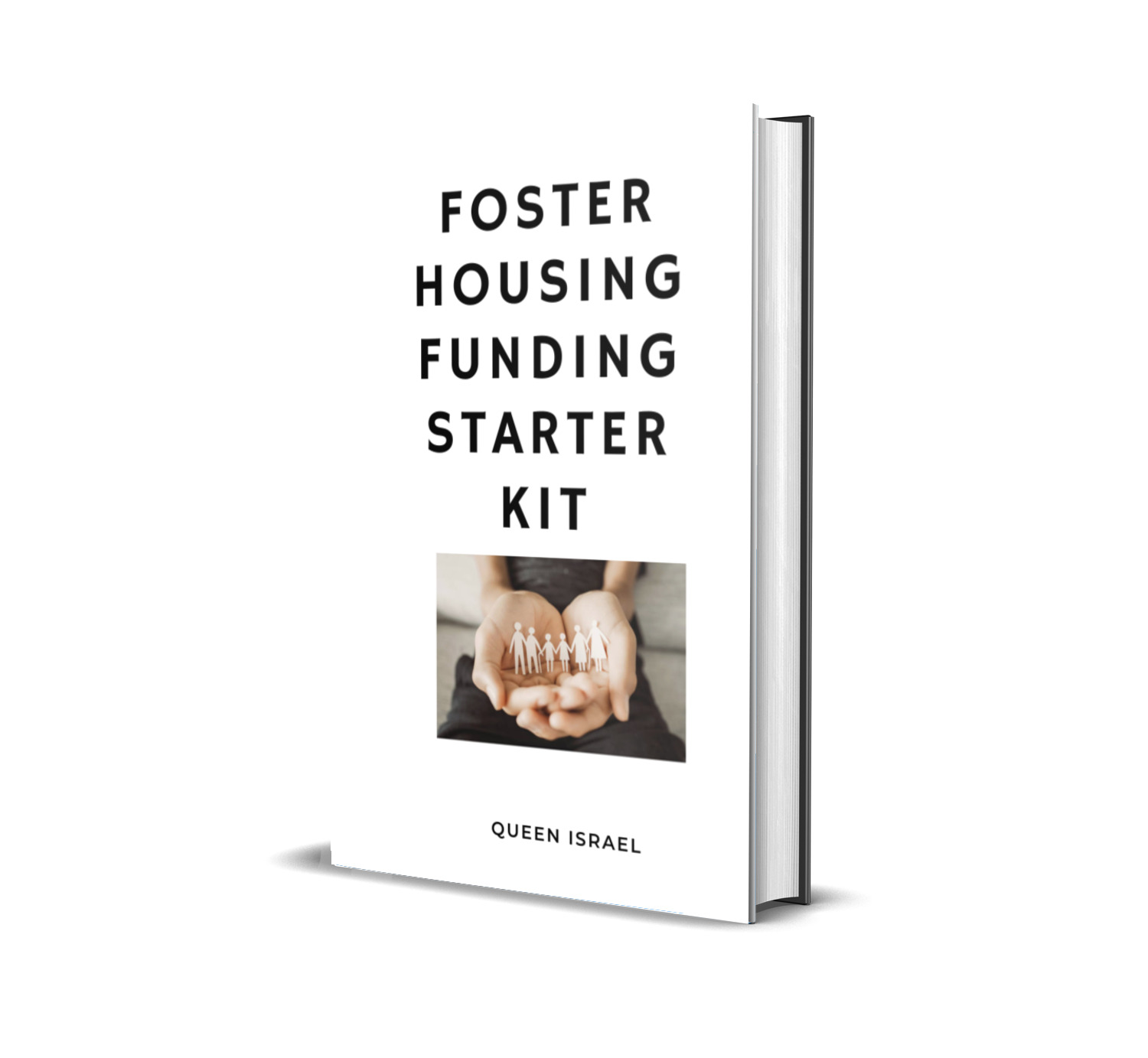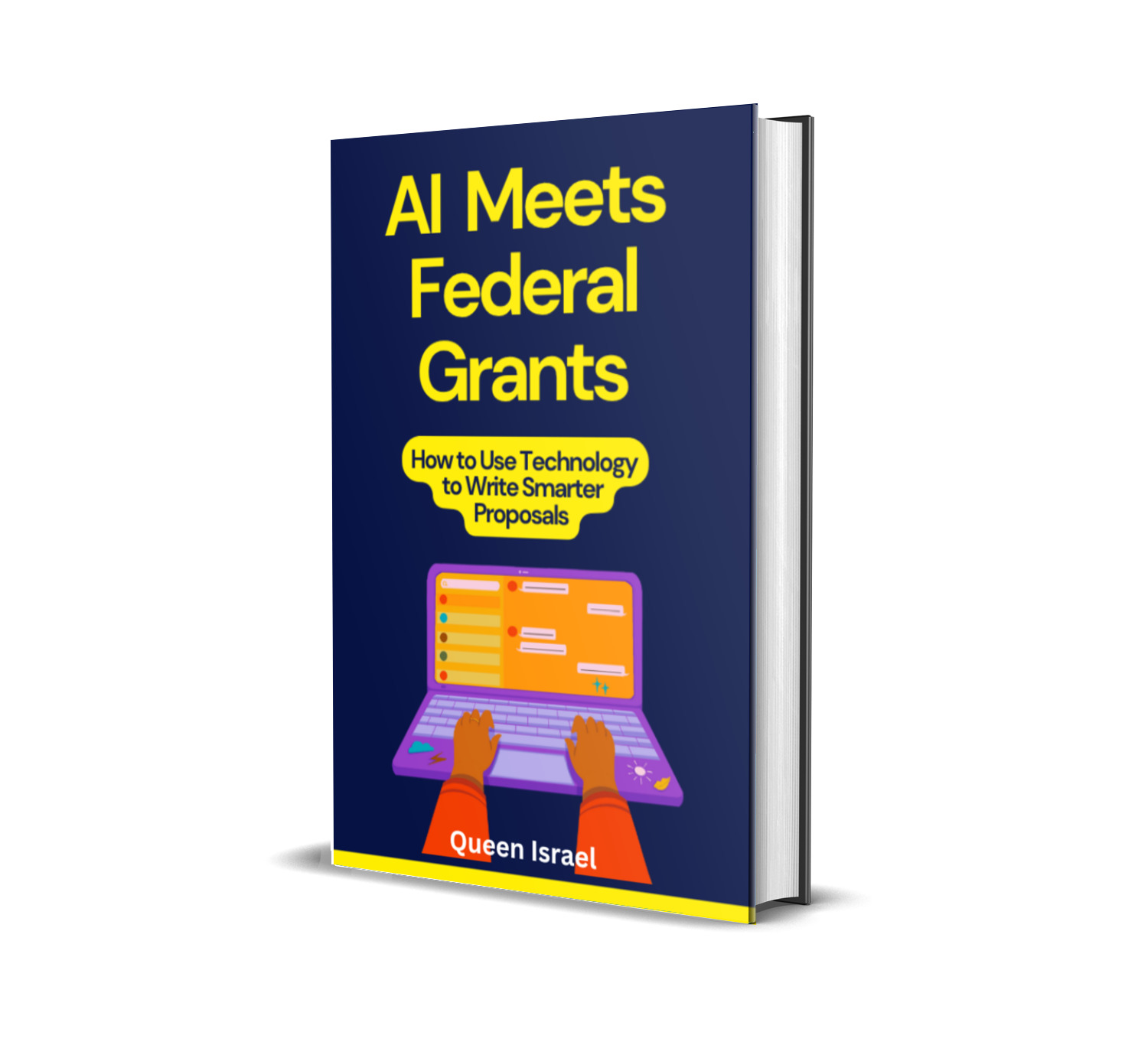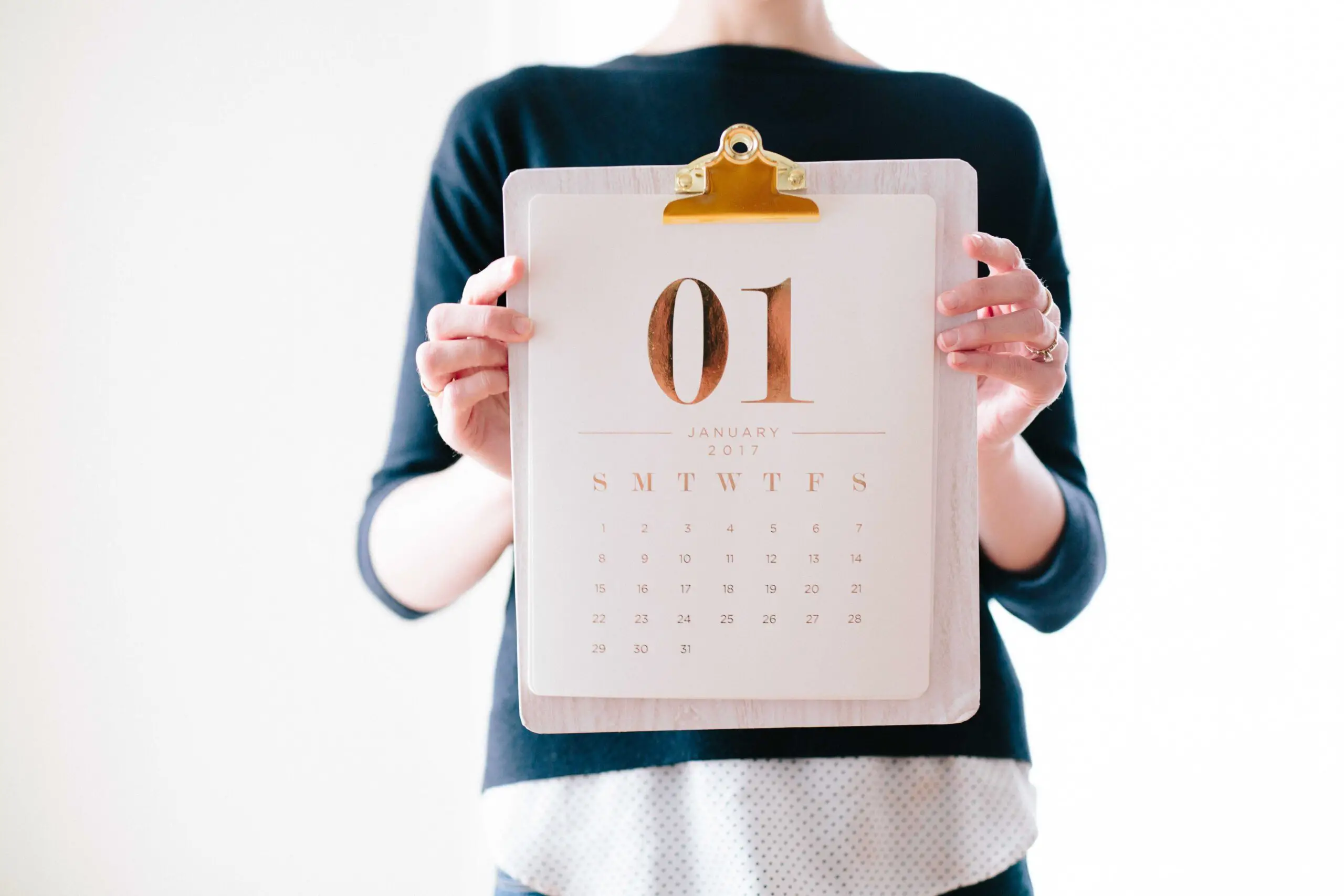When applying for grants, your email serves as the first impression that could make or break your chances. Crafting the right sample email for grant application is essential to gaining the attention of funding organizations.
A professional and compelling email increases your chances of standing out in a sea of applicants. But how do you craft an email that hits the mark?
In this guide, we’ll explore exactly what you need to know to write a successful email for your grant application. By the end of this post, you’ll have a solid framework and sample to follow for your next grant submission.
Why Your Email Matters in Grant Applications
You might be wondering, “Does the email really matter? Isn’t the proposal more important?” While the proposal itself is crucial, the email you send with it is just as important. It is often the first point of contact between you and the grant funder.
An email that is clear, concise, and polite helps build rapport and shows your professionalism. It can also help you make a lasting impression, ensuring your application is taken seriously.
Key Takeaways:
- A well-crafted email grabs attention.
- It sets the tone for your application.
- It gives funders an easy way to contact you for further discussions.
Key Elements of a Grant Application Email
Writing a grant application email might feel intimidating, but breaking it down into essential components can simplify the process. Below are the key elements that every sample email for grant application should include:
- Subject Line:
- The subject line is the first thing a funder will see, so make sure it’s direct and specific. Examples include:
- “Application for [Grant Name]: [Your Organization Name]”
- “Grant Proposal Submission: [Project Name]”
- “Request for Funding: [Program Name] – [Deadline Date]”
Pro Tip: Keep it under 10 words. A brief, focused subject line increases the chances that your email will be opened.
- The subject line is the first thing a funder will see, so make sure it’s direct and specific. Examples include:
- Salutation:
- Greet the recipient by name if you know it. This shows attention to detail. If not, a general greeting such as “Dear [Grant Committee]” works well.
- Introduction:
- Start by introducing yourself and your organization. Make this short but impactful, clearly explaining who you are and why you’re contacting them.
Example:
“Dear [Funder Name],
My name is [Your Name], and I’m the [Your Title] of [Your Organization], a [brief description of your nonprofit or project]. We are seeking funding for [specific project or initiative] and would like to submit our proposal for consideration.” - Purpose of the Email:
- State why you are writing. For example, “I am writing to submit a grant application for [grant name] to support [specific project].”
Pro Tip: Be concise. The purpose of the email should be clear within the first two sentences.
- Details about Your Project:
- Provide a brief overview of your project or initiative. Focus on the problem you’re addressing, your proposed solution, and how funding will help. This is the part where you hook the reader and convince them that your project is worth their time.
Example:
“Our organization has developed a new program aimed at improving literacy among underserved youth in [location]. The program will provide [specific service or resources], and we aim to reach [number of people]. This funding will directly support the development of [specific project components].” - Next Steps or Call to Action:
- End your email by explaining the next steps. Let them know how they can access your full application or proposal. Make it easy for them to take action.
Example:
“Please find our full proposal attached for your review. We would be honored to discuss this project in more detail if you require additional information. Please let us know if you need anything else from our side.” - Closing:
- Use a polite, professional closing like “Best regards,” “Sincerely,” or “Thank you for your time.”
Sample Email for Grant Application
Now that you know the essential components of a grant application email, let’s look at an actual sample. This sample will serve as a guide for you to personalize and adapt based on your specific project or initiative.
Sample Email:
Subject: Grant Proposal Submission: Education Program for Youth Empowerment
Dear [Funder Name],
My name is [Your Name], and I am the [Your Title] of [Your Organization], a nonprofit dedicated to improving educational access and equity for youth in underserved communities. We are excited to submit our grant application for [Grant Name] to fund our Youth Empowerment Education Program.
Our initiative focuses on providing [specific service or resource], aiming to improve literacy and job readiness among at-risk youth in [location]. With this funding, we plan to expand our program to reach [specific number] individuals and deliver [specific service components].
Please find attached our full grant proposal for your review. We would appreciate the opportunity to discuss the details of our project and answer any questions you may have. Should you require any additional information or documentation, please do not hesitate to contact me.
Thank you for considering our application. I look forward to hearing from you.
Best regards,
[Your Full Name]
[Your Title]
[Your Organization]
[Contact Information]
Common Mistakes to Avoid in Grant Application Emails
As you prepare your grant application email, be mindful of a few common mistakes that could hinder your chances of success:
- Too Long or Too Short:
- Don’t overwhelm the recipient with a lengthy email. On the other hand, don’t leave out essential details. Aim for a clear, concise email that is easy to read.
- Lack of Personalization:
- A generic email that doesn’t address the recipient by name can come off as impersonal. Always take the time to personalize your email as much as possible.
- Failure to Follow Submission Guidelines:
- Always double-check submission guidelines provided by the grantmaker. If they request a specific format or information, be sure to follow those instructions to the letter.
- Overcomplicating the Message:
- Keep your language simple and to the point. Avoid jargon and overly technical terms. Remember, your email should be easily understood by someone who may not be familiar with your project.
Why Following This Structure Will Increase Your Success Rate
The grant application process can be competitive. By structuring your email effectively, you make a great first impression. A clear, engaging email increases your chances of getting noticed. Funders want to know right away what you’re asking for and why it matters. This structure helps you answer those questions in the most efficient way possible.
Key Stats:
- According to GrantSpace, over 30% of grant applications are rejected because the email and application didn’t follow submission guidelines.
- Research from the Nonprofit Research Collaborative shows that funders are 5 times more likely to respond positively to applications that are clear, well-written, and concise.
Final Thoughts:
Your email plays a critical role in how your grant application is received. By following the sample email structure and avoiding common mistakes, you can increase your chances of a successful submission. Remember to keep it clear, concise, and compelling. And always make sure to personalize your email for the specific funder.
If you’re looking for more tips, strategies, templates, and tools to help you enhance your grant writing success, don’t forget to subscribe to the Grant Writing Academy Newsletter. Our newsletter is packed with expert advice and resources designed to give you a competitive edge in the grant writing world.
Call to Action:
Subscribe to the Grant Writing Academy Newsletter today and get access to exclusive content, templates, and tools that will help you write more compelling grant applications and increase your chances of securing funding.
By following this simple and friendly email structure, you’ll be on your way to crafting an email that not only stands out but also helps you secure the funding you need for your important projects.
Additional Resources and Support
a) Expand Your Knowledge
The grant writing field is always evolving. Keep learning and improving your skills to stay competitive.
Recommended Resources:
- Request for Proposal Success: How to Write Proposals That Win: Learn the techniques and strategies to create standout proposals.
- Tech Startup Funding Secrets: Navigating Grants for Maximum Growth: Perfect for those in the tech sector looking to leverage grants for scaling.
- Grant Proposal Guide for Environmental Projects: Tailored for environmental initiatives seeking to secure impactful funding.
- The Ultimate Guide to Federal Grant Applications: Techniques for Success: Master the complexities of federal grants with actionable insights.
Explore More Books Here
b) Invest in Expert Guidance
Want to fast-track your growth and achieve even more success?
Join one of our mentorship programs for tailored advice and support:
Mentorship Programs:
- 3-Month Mentorship: The Foundation Builder: A short-term plan to refine your grant writing skills and win your first (or next) grant.
- 6-Month Mentorship: The Proposal Pro: Dive deeper into strategies, proposal reviews, and funding plans.
- 1-Year Mentorship: The Funding Champion: Build long-term success with comprehensive guidance, unlimited reviews, and exclusive resources.
C) Book a One-on-One Consultation
Sometimes you just need personalized advice to tackle challenges or fine-tune your strategy. Let’s work together to solve your unique grant writing challenges.






